FTL transport to Spain is the straightest line between your loading dock and your customer without re-handling, or worries on detours. But what’s the real lead time for Benelux→Spain? Which trailer type should you choose (tautliner, mega, box, or reefer)? How do loading meters, ADR, delivery appointments, or French summer/winter road bans affect your plan, and your price? Below, we’ll break it all down and answer the questions shippers and logistics teams ask most.
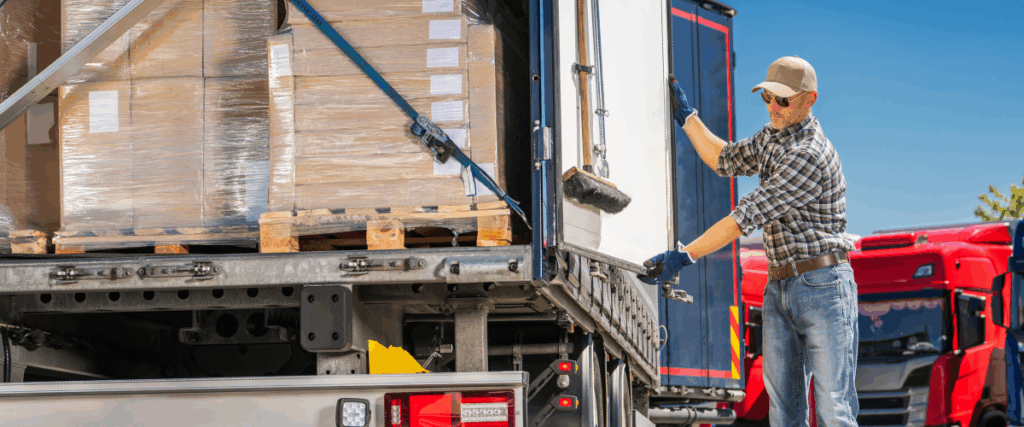
How FTL transport to Spain works
What is FTL? FTL or Full Truck Load means that your shipment books the entire trailer (typically 13.6 m tautliner). With this, there are no consolidation, minimal touch-points, and a direct line-haul to your final delivery.
Typically you choose from one of four trailer types for your shipments:
- Tautliner/curtain-sider for general goods and side loading
- Mega trailer (up to ~3.0 m internal height) for volume
- Box trailer for higher security and weather-tight loads
- Reefer for temperature-controlled cargo
With transit times of,
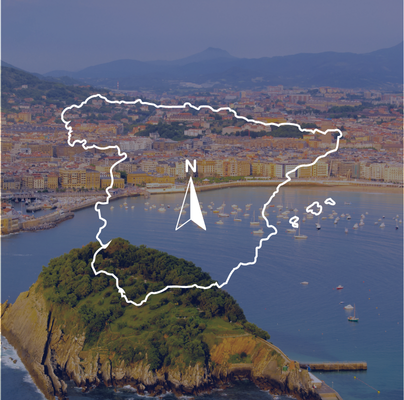
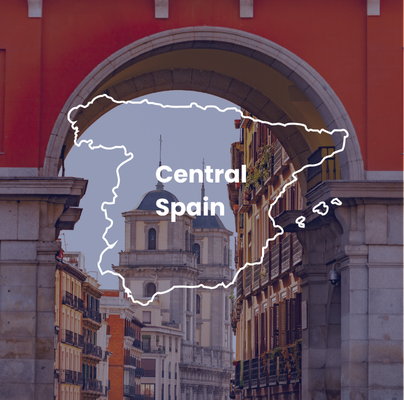
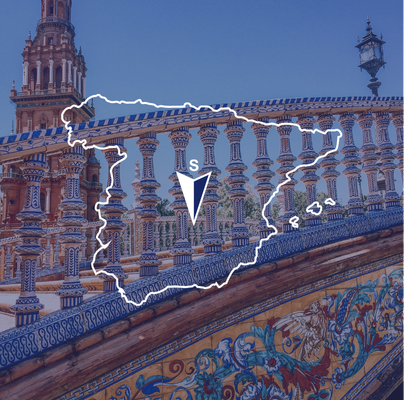
NL/BE → North Spain
(2-3 driving days)
NL/BE → Central Spain
(3-4 driving days)
NL/BE → South Spain
(3.5-5 driving days)
*Subject to routing, appointments and regulatory restrictions en route.
How to arrange FTL transport (Step-by-Step)
- Define the load precisely: total pallets, dimensions, weight, stackability, special handling, ADR (yes/no).
- Choose the trailer type: tautliner / box / mega / reefer; confirm loading side/top/rear and ramp or forklift.
- Calculate loading meters (LDM): use standard conversions
(e.g., 120×80 cm euro-pallet ≈ 0.4 LDM each). *Round up to the nearest tier. - Book your pickup window & delivery terms: align with Incoterms, opening hours, time slots, and on-site constraints .
- Paperwork & compliance
– CMR details
– ADR docs *if applicable; temperature set-points for reefers.
– Intra-EU mainland Spain is customs-free; exceptions include special tax territories like the Canary Islands, Ceuta, and Melilla. - Insurance & liability: decide between carrier liability and cargo insurance based on the shipment value and risk profile.
- Track & communicate: live status, ETA sharing, and POD capture to close the loop.
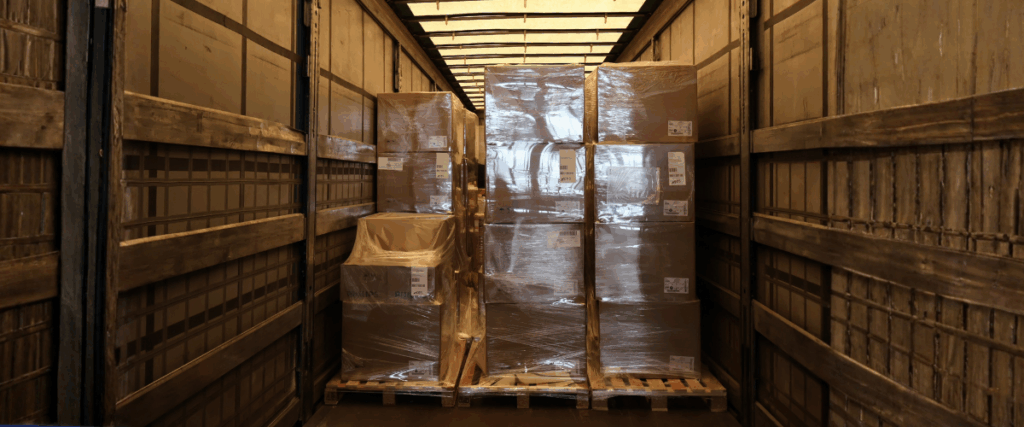
Pros and Considerations of FTL
| Pros | Cons(iderations) |
| Fastest road option door-to-door | Higher cost if you don’t fill the space |
| Lowest handling risk (single touch) | Less flexible for multi-drop micro-distribution |
| Predictable ETAs and capacity control | Subject to long-haul road constraints (traffic bans, strikes, weather) |
Tips
- Optimize LDM: standardize pallets, confirm stackability, and avoid “air shipping.”
- Be appointment-ready: buffer for gate/security, book early for large DCs, and avoid peak-hour slots.
- Load safely: even weight distribution, proper securing, and clear labeling prevent claims and delays.
- ADR clarity: specify UN numbers and packing groups up front to avoid last-minute refusals.
- Temperature-controlled? Pre-cool, document set-points, and seal; note any temperature record requirements.
FTL Transport to Spain with Portex
If you’re looking for a reliable solution for FTL transport to Spain from the Netherlands, we’re here to help. Our FTL transport dedicates an entire truck to your shipment, making it the ideal choice for businesses that prioritize speed and direct delivery, enhancing overall supply chain efficiency.
Request a custom quote today or contact our team to get started, we’ll ensure your goods reach Spain efficiently and securely.
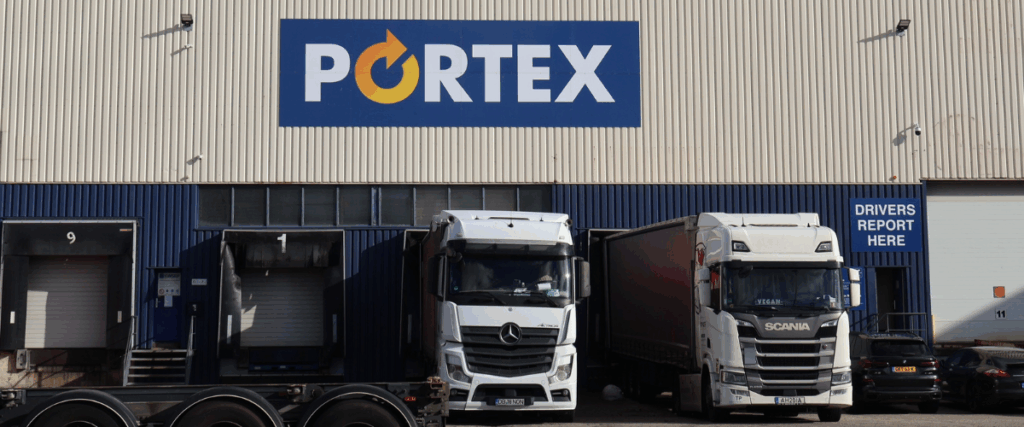
Frequently Asked Questions (FAQs)
| What’s the max weight for a Full Truck Load? Up to around 24,000-25,000 kg gross payload on standard EU road tractors/trailers. *subject to local axle limits and equipment. |
| How many euro-pallets fit? Up to 33 standard 120×80 cm pallets (single-stack) in a 13.6 m trailer; confirm if double-stacking is allowed. |
| What’s the usual transit time in Benelux→Spain? Roughly 2–5 driving days depending on origin/destination pair, routing, and restrictions. |
| Do I need customs for Spain? Not for mainland Spain within the EU. Special regimes apply to the Canary Islands, Ceuta, and Melilla. |
| Can I request a specific delivery time? Yes, timed slots are common at distribution centers. Expect surcharges and plan for potential waiting time. |
| What if my site has no dock? Book a tail-lift vehicle and confirm pallet truck access; note weight limits for lift-off. |
